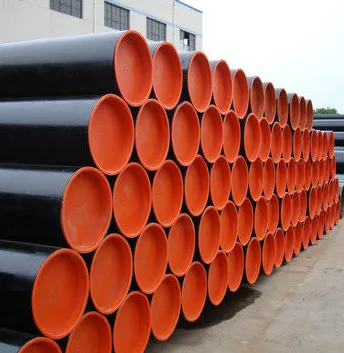Desemba . 16, 2024 11:23 Back to list
ball check valve
Understanding Ball Check Valves A Comprehensive Overview
Ball check valves represent a critical component in modern fluid handling systems. These devices enable the unrestricted flow of liquid in one direction while preventing backflow, ensuring system efficiency and safety. This article delves into the construction, operation, applications, advantages, and maintenance of ball check valves, highlighting their importance in various industries.
Construction and Operation
At the heart of a ball check valve lies a simple yet effective design. The core component is a spherical ball that sits within a valve body. The ball is free to move within a specially designed seat or cavity, which is usually machined to precision for optimal sealing. When fluid flows in the forward direction, the pressure push the ball away from the seat, allowing free flow. However, if the flow reverses, the ball is forced back into the seat by gravity or fluid backpressure, creating a seal that prevents reverse flow.
Types of Ball Check Valves
Ball check valves come in several variations, including
1. Single Ball Check Valve This is the simplest form, comprising a single ball that closes against the flow. It’s efficient and commonly used in low-pressure applications.
2. Dual Ball Check Valve This design includes two balls that can offer increased sealing capabilities and improved flow metrics, making it suitable for applications requiring higher reliability.
3. Spring-Loaded Ball Check Valve A spring is added to the ball, which helps in providing a tighter seal and can adjust to varying pressures. This type is advantageous in systems with fluctuating flow conditions.
Applications
Due to their versatility, ball check valves find applications across a multitude of industries, including
- Water Treatment Plants Essential for preventing backflow in pumps and protecting the supply network. - Chemical Processing Used to ensure that corrosive and hazardous materials do not flow back into the source containers and systems.
- Food and Beverage Industry Critical for maintaining hygiene and safety in production lines, preventing contamination from backflow.
- HVAC Systems Utilized to control the direction of fluid in systems, ensuring efficiency and conservation of energy.
- Marine Applications Employed in bilge systems and fuel supply lines to prevent backflow, thereby protecting sensitive equipment.
ball check valve

Advantages of Ball Check Valves
Ball check valves offer numerous benefits
1. Reliable Performance Their design maximizes sealing efficiency, providing a reliable solution against backflow.
2. Low Maintenance Typically, these valves require minimal maintenance, reducing lifecycle costs.
3. Compact Design Thanks to their smaller size and straightforward design, they can be easily integrated into existing systems without requiring significant modifications.
4. Versatility They are compatible with a variety of fluids, including water, oil, and chemicals, making them suitable for diverse applications.
5. Cost-Effective Compared to other check valve types, ball check valves are often more cost-effective both in terms of initial purchase and long-term maintenance.
Maintenance
To ensure longevity and optimal performance of ball check valves, regular maintenance is essential. Here are some key considerations
- Inspection Regularly inspect the valve for any signs of wear, corrosion, or damage. This can help in identifying potential issues before they become serious.
- Cleaning Depending on the working environment, debris can accumulate and affect valve operation. Routine cleaning can help prevent blockages and ensure smooth operation.
- Lubrication If applicable, lubricate the moving components to reduce friction and extend the valve life.
- Testing Conduct periodic tests to verify that the valve is functioning correctly and maintaining an effective seal.
Conclusion
In summary, ball check valves are essential components in various fluid systems, providing reliable, efficient, and cost-effective solutions for controlling flow direction. Their simple yet effective design makes them a preferred choice across multiple industries. As industries continuously evolve, the demand for efficient fluid handling solutions will only grow, ensuring the continued significance of ball check valves in engineering and process applications. Proper maintenance and selection of the right type are vital to maximizing their benefits, reinforcing their role as fundamental elements in fluid dynamics management.
-
Thread Plug Gauge Our Promise of Measurement ExcellenceNewsAug.22,2025
-
Gauge Pin Class Reflecting Quality LegacyNewsAug.22,2025
-
Check Valve Types for High Rise BuildingsNewsAug.22,2025
-
Water Control Valve for Irrigation SystemsNewsAug.22,2025
-
Gate Valve with Soft Seal TechnologyNewsAug.22,2025
-
Y Type Strainer for Oil and Gas ApplicationsNewsAug.22,2025
Related PRODUCTS









